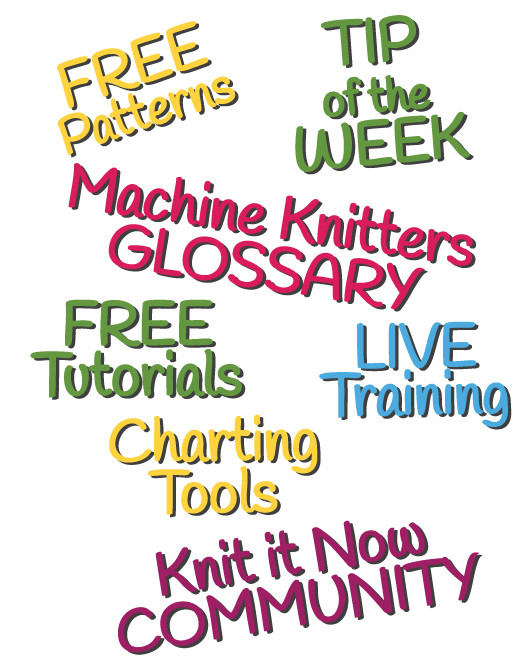 Blog
Blog
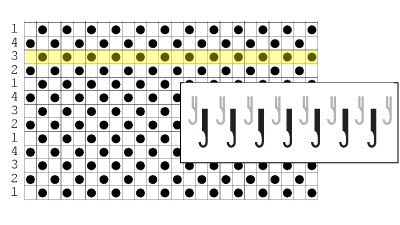
Machine Knitting Tips
Punchcards for specialty stitches
How do I punch a card for specialty stitches (k2tog, PSSO, yo)?more...
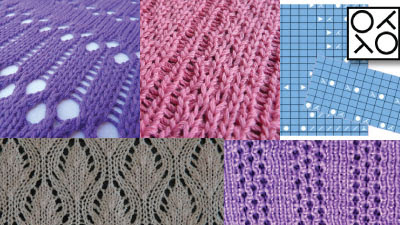
Machine Knitting Techniques
8 Ways to Knit Lace on a Knitting Machine
You don't need a lace carriage or laboriously hand transfer stitches to knit lace on a knitting machine.
No matter what machine you have, as a machine knitter there are many ways of adding holes to our knitting and creating light, open, "lacy" fabrics.
Have you used other methods of creating lace? Comment below and share your experiences.
more...
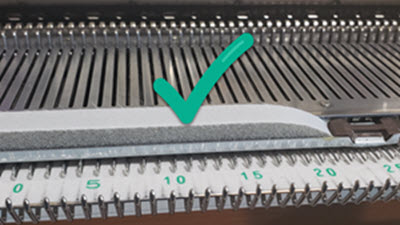
Machine Knitting Tips
Check your Spongebar
If you haven't changed your sponge bar "in a while", it's probably time!If your machine is mis-patterning or just "acting up" a flat spongebar could be the cause.
No matter how often your machine is used, the sponge deteriorates in time.
Check your spongebar!
more...
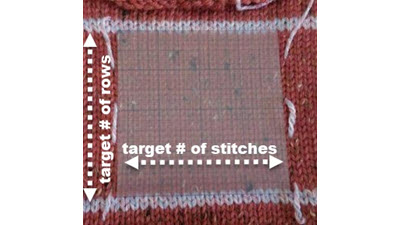
Machine Knitting Tips
Match Your Target Gauge Without Math: The 4-Inch Square Technique
Tired of counting stitches and doing gauge math? Discover a simpler way to match your target gauge exactly. Instead of counting traditional stitch and row numbers, learn how to create a swatch that measures your desired gauge directly using a 4-inch square tool. Perfect for converting hand knitting patterns to machine knitting or any project where precise gauge matters. This no-math method takes the guesswork out of gauge matching and helps you achieve perfect results every time.more...

Machine Knitting Techniques
Thread lace vs
Often overlooked, Thread Lace is an easy technique to create openwork "lace" fabrics with a knitting machine.more...
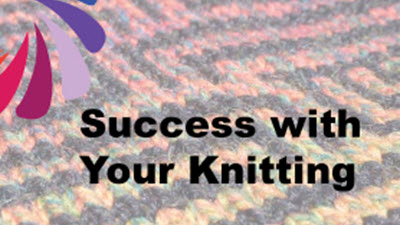
Machine Knitting Tips
11 Steps for Success with Your Knitting
11 steps for success with your knitting. No matter where you are on your machine knitting journey, check to make sure you are taking the right steps from start to finish.Number 9 may surprise you.
more...
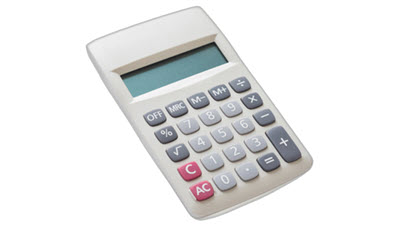
Machine Knitting Tips
Too much math
"Machine knitting is not for me ... there's too much MATH". Hand or machine, there are times when we need to drag out a calculator, but Knit it Now offers solutions that make this easier. Explore 8 times math is used for your knitting and how you can avoid the pain.more...

Knitwear Design
Kids Heads are Big!
When knitting pullover sweaters for babies and kids, it's important to make sure the neck opening will fit over the head.Looking at sizing charts, 3 month heads are 15". Neck openings are 4.5". Yes, knitting stretches, but leaving one shoulder open is the answer.
Make it easier for Mom and baby - leave a shoulder open and add a designer element!
more...
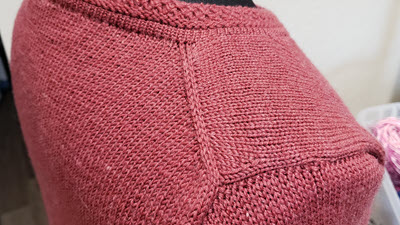
Knitwear Design
European Shoulder
A European Shoulder style sweater has shoulder seam shifted towards the back, so the seam is not at the top of the shoulder.more...

Machine Knitting Techniques
Open Cast on vs Closed Cast on
There are many ways of getting your knitting started. Each method has it's uses, and falls in 2 categories; Open cast on and Closed cast on. Being familiar with multiple cast on methods is essential for all machine knitters.more...
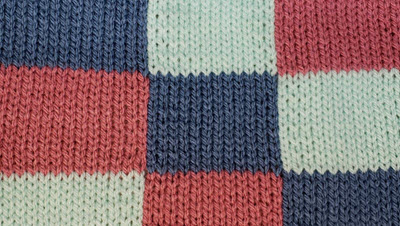
Machine Knitting Techniques
Intarsia on the Machine
Intarsia (picture knitting) is a technique that allows color changes in the middle of the row without having floats across the back of the knittingmore...
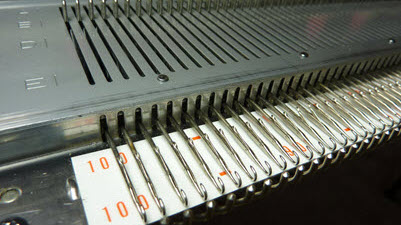
Machine Knitting Tips
Not Enough Needles
Whether you are knitting a blanket or a sweater, you probably have discovered the fact that our knitting machines have a limited number of needles to work with. This means we can only knit pieces that are a limited size.
Unlike hand knitting, we can't use a longer cable needle and add more stitches. We have to get creative to knit larger pieces on the machine.
Let's explore some options for the "not enough needles" dilemma.
more...
